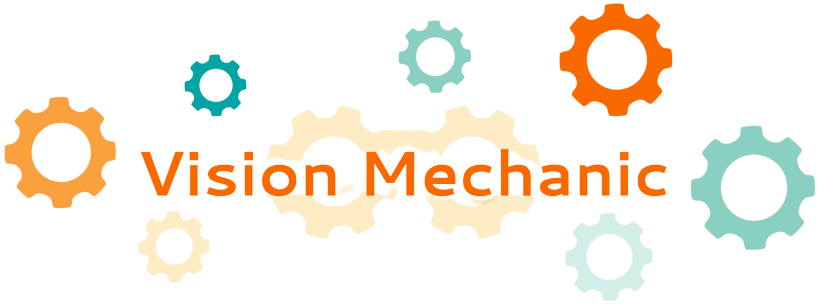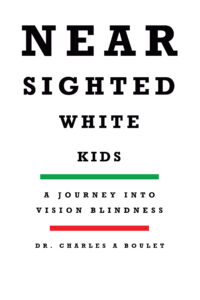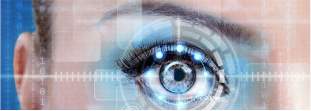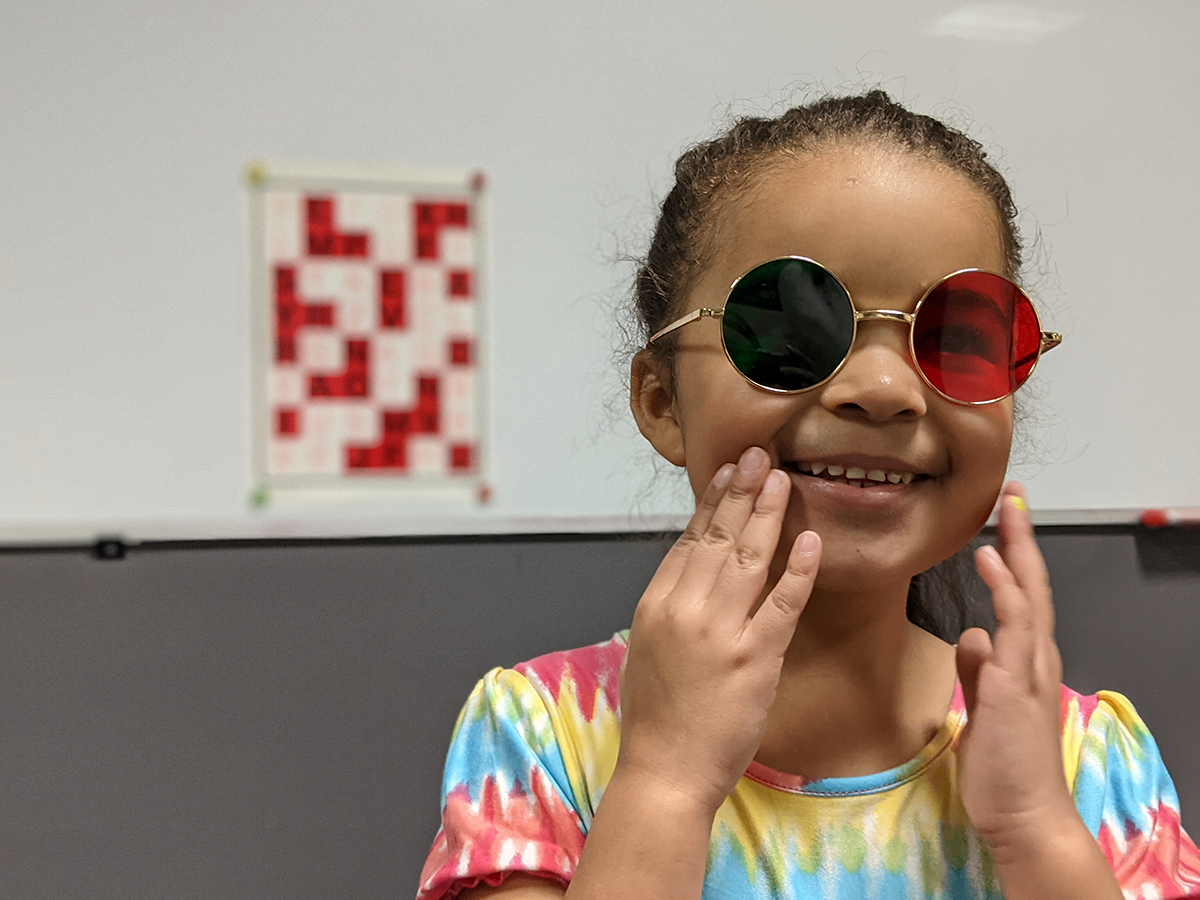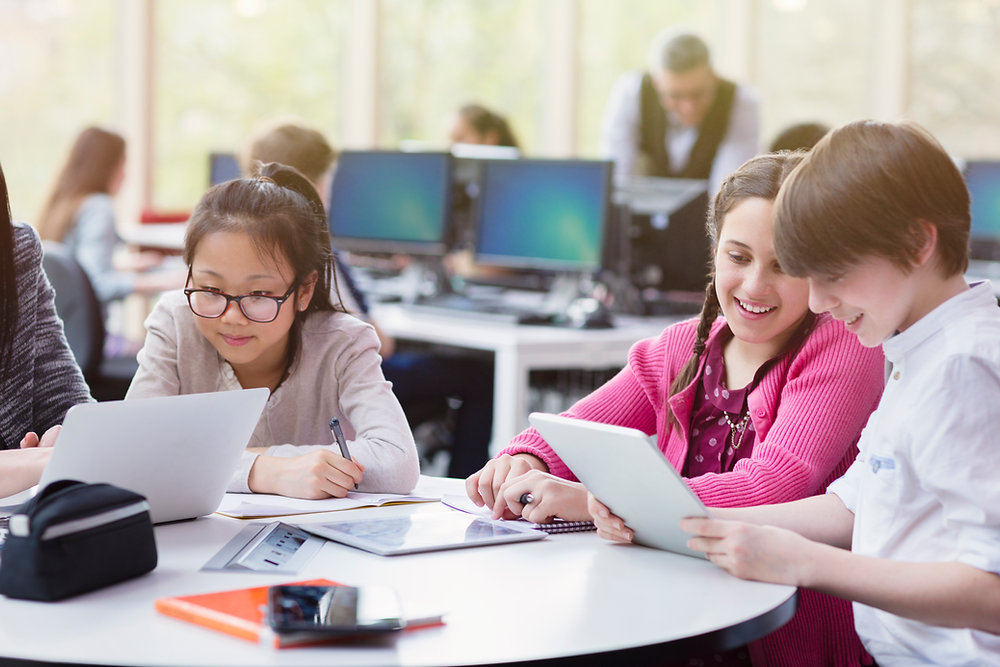See Also:
- Meditation: Introduction
- Meditation: Setting the Stage
- Meditation: Introduction to Lessons
- Meditation: Quick Meditation
- Meditation: The Candle
- Meditation: Modified Candle For Children
- Meditation: Beads
- Meditation: Direct Seeing
- Approaching Therapy
See Meditation 1: The Candle and the Meditation home page for additional thoughts on meditation.
‘Direct Seeing’ is, in my opinion, the quickest, most effective and intense means of meditation. For those who have tried it, they know the instantaneous physical sensation that begins the process and how quickly this can lead to a joyful and profound state of peace and quiet awareness. It is at once exhilarating and yet entirely comforting and reassuring.
Method: In it’s simplest form, this requires simply that the student look at a live pupil. With the left eye, then with the right, alternating over time. Nothing is said and the only effort, if anything, is to simply try to look deeper into the eye, right through the pupil. Let your mind clear. Pay attention to your breath only, and look through the pupil of your partner or of your own reflection.
Discussion: By it’s nature, this technique is highly illuminating of self, and if done with a partner, of that person. For this reason, it can be somewhat uncomfortable for some people at the outset and this is unavoidable. You may choose to begin with Meditation 1: The Candle, then move on to the solo version of ‘Direct Seeing’ which requires looking only at oneself in a mirror, paying no attention to any other physical or facial detail except the pupil of the alternating left and right eyes.
Finally, as practiced with a partner (friend, sibling, parent, child, spouse or anyone), Direct Seeing is a means of fostering trust and strengthening connections in personal relationships. For parents who practice this with their children, it leads to a means of instant understanding and empathy and can be very effective in controlling emotional outbursts and other crises. You do, after all, travel with your eyes and can practice this technique (or call upon it) whenever and wherever you might need it or simply want to practice it. In the heart of a child, there is nothing so reassuring as a loving look from a parent, and so this technique will almost certainly assist in boosting self-esteem and peer-relationships.
Footnote – As an interesting demonstration of the interplay between the dorsal and ventral visual systems and how they control awareness, try this trick. Look at your own right pupil in a mirror. Now quickly, look at your left pupil. Hold that for a few seconds, then switch back. Do this back and forth every couple of seconds or so for a few tries. Ask yourself: Are my eyes moving when I look to the opposite eye? Why don’t you see the movement? Prove to yourself that there MUST be movement, but looking at your right pupil, then SLOWLY move your eyes to look at the left. Where does this ‘experience’ of the movement go when you move quickly? This is one visual system overriding the other – you asked it to, then the brain did the rest using low-level neural programming and motor control, referencing a 3D map of the physical world to make it all happen. In fact, before the eye ever moves to the next position, the brain has the whole thing mapped out and ready to execute when desired.
In the same way the brain can anticipate and calculate muscle movement in advance of the need, it also calculates and anticipates structures in language – whether we are watching, listening, speaking, or reading. We expect certain things to occur in language, and this can be advantageous as it speeds reading and speech along. If we have to stop to think about each subsequent word, whether we are reading or speaking, language becomes a nightmare. This advance planning ability, or lack thereof, is at the core of some types of dyslexia, and it is reflected in both open and silent reading. People so affected recognize elements of speech, but cannot anticipate what should come next (while reading) and so encounter each subsequent word as though for the first time, or as separate from the surrounding sentence. Research points to an imbalance in control of the interface between volitional and automatic behaviour. In the case of autism, this involves a preference to peripheral (automatic) behaviours (impulsive or reactive in nature) over volition, or central awareness.
Meditation helps children and adults alike to learn to be globally (generally) aware on the one hand, and to have very specifically focused attention on the other. Other activities reinforce this to permit voluntary switching between global and focal awareness.
